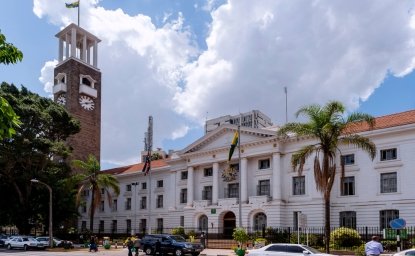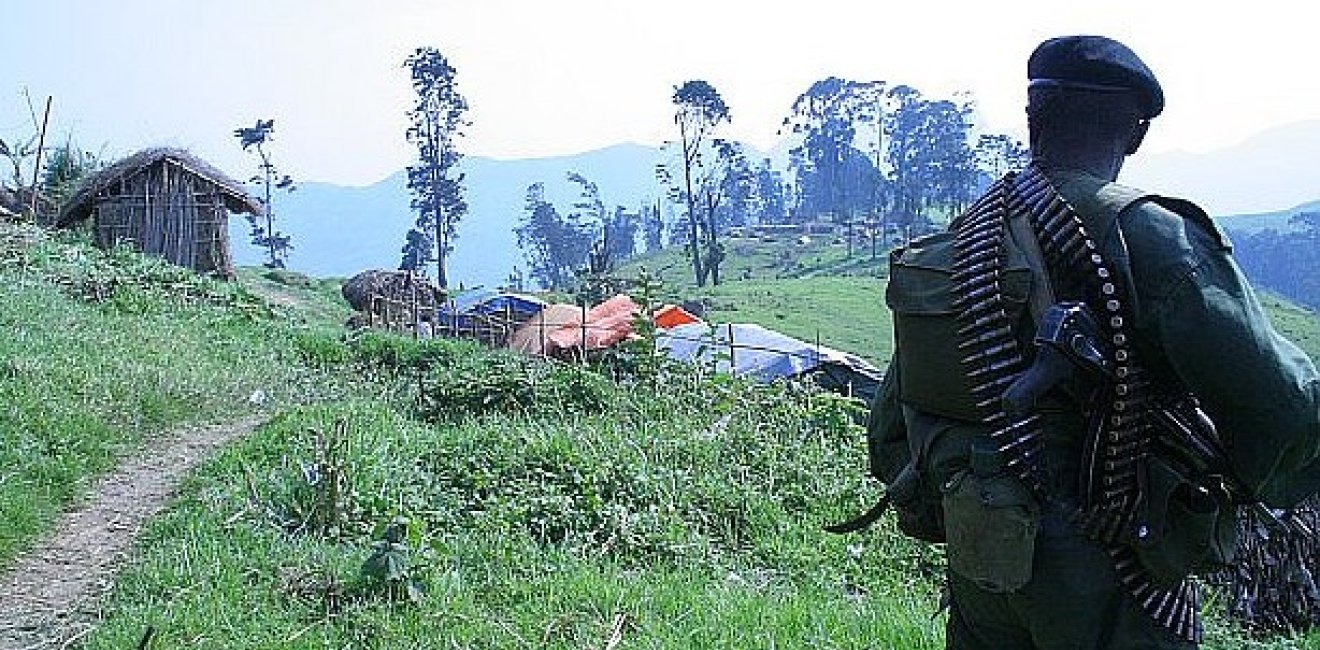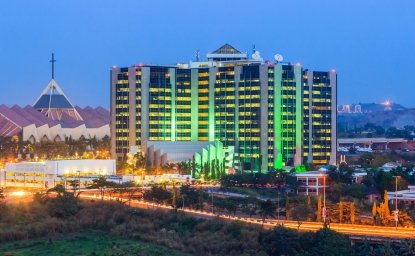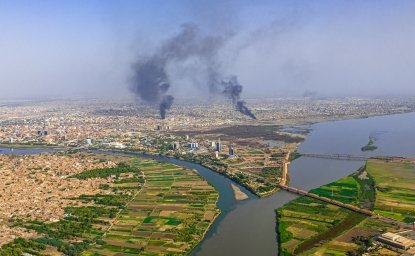
A blog of the Africa Program
Weekly French Translation
The fighting that recently plagued the Congolese-Rwandan border is showing signs of subsiding, as those who had fled the conflict two days earlier are now returning to their homes.
Le calme est revenu vendredi à la frontière entre la République démocratique du Congo (RDC) et le Rwanda, où les familles ayant fui les affrontements des deux jours précédents ont commencé à rentrer chez elles.
This Article has been translated from French. Click Here to read the original version on Jeune Afrique
The Congolese army has stepped up its presence in the region however, according to three AFP journalists who arrived in the area on the afternoon of June 13th.
The fighting first broke out mid-last-week around Kanyesheza Hill, about twenty kilometers from Goma — the capital of North Kivu.
The Kivu region remains particularly unstable, having served as battlegrounds for several regional conflicts over the past twenty years.
In Kibati, about ten kilometers north of Goma, two tanks, a light ground assault vehicle, and a tarpaulin covered troop transport vehicle remain stationary plan to return to base by nightfall.
"It's calm today"
Higher up, on the Kibumba plateau, around twenty soldiers of the 32nd commando battalion plan to reinforce the advanced positions held by their fellow soldiers at Kanyesha, five kilometers away. They will make the journey on foot.
"It's calm today", says a high ranking Congolese officer, "the Rwandans have not shot once". Still, journalists are not permitted close to the border where, according to the officer, the Congolese and Rwandan lines are stationed about two hundred meters away from each other — one carefully watching the other.
"Morale is at an all-time high", he adds. "We eat three times a day now". According to Congolese military sources, a battalion of 750 soldiers have been deployed into the conflict zone to serve as reinforcements to the soldiers stationed there.
Locals say that overall they are confident that the army will protect them from the Rwandans, but economic life in the region has again slowed to a standstill. The marketplace at the entrance to Kibumba, which normally bustles with activity, is virtually deserted. What's more, several schools have not opened their doors for three days straight.
Five bodies returned to the DRC
At Buhumba, home of the camp that supplies fighters for Kanyesheza Hill, local residents that had come to the stronghold seeking refuge are now returning to their homes. Electricity remains a luxury in this highly agricultural area. The return trips home are made on foot, along makeshift roads lined with eucalyptus plants.
"I'm going home because others have" explains a young woman named Florence. According to Deo Makombe, head FARDC officer at Buhumba, around 2,000 people have been displaced, but most have returned home.
According to local man named Jean Bizoza, the arrival of the military caused no significant disruptions. He explained that most of the soldiers are being hosted by residents in neighboring villages.
Relations between the DRC and Rwanda have been strained for years. Each blames the other country for starting last week's clashes, but the ultimate cause of fighting remain obscure due to lack of information from independent news sources.
Use of Artillery
Though the exchange of fire was limited to light automatic weapons early on last Wednesday, both sides began utilizing their heavy weapons later that afternoon.
On Thursday, the sound of cannons was heard for a half hour in the morning, but was followed by almost complete calm for the rest of the day.
A Rwandan television station also ran images of five corpses wearing FARDC uniforms. Kinshasa denounced the images as pure propaganda however, stating that the Congolese army had yet to lose a single soldier in the fighting.
The Joint Verification and Monitoring Mechanism (JVM), a border security oversight organ with which the DRC, Rwanda, other countries in the region, and the United Nations all cooperate with, carried out several investigations in areas where fighting had taken place last Thursday afternoon .
A high ranking source at the JVM told the AFP last Friday that the five bodies displayed on Rwandan television were returned to the DRC military officials on Thursday evening.
Article Translated by Matthew LaLime, Staff Intern with the Africa Program at the Wilson Center
Photo Credit: Enough Project via Flickr

Africa Program
The Africa Program works to address the most critical issues facing Africa and US-Africa relations, build mutually beneficial US-Africa relations, and enhance knowledge and understanding about Africa in the United States. The Program achieves its mission through in-depth research and analyses, public discussion, working groups, and briefings that bring together policymakers, practitioners, and subject matter experts to analyze and offer practical options for tackling key challenges in Africa and in US-Africa relations. Read more

Explore More in Africa Up Close
Browse Africa Up Close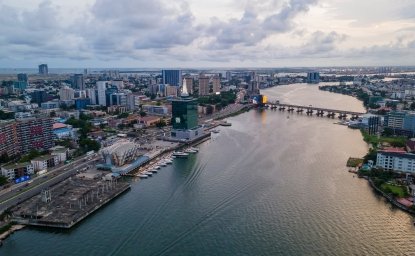
The Innovative Landscape of African Sovereign Wealth Funds
